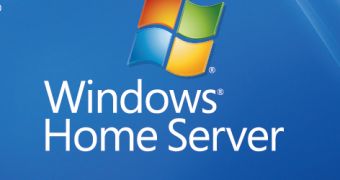At the beginning of the past week, Microsoft announced that it has released Windows Home Server to manufacturing. In the coming couple of months, the Redmond company also plans to make available the 120-day evaluation version as well as the system builder edition of the product alongside the variant that has shipped to OEMs. Following the RTM date, Microsoft is also providing documentation to help users set up and configure Windows Home Server. A .pdf guide with a complete set of instructions is available for download from Microsoft.
Windows Home Server is designed to deliver three pillars of functionality. The server, once placed at the heart of a home network, will automatically backup all machines in the household and will enable users to easily and effortlessly restore their computers. Moreover, Microsoft has also focused on delivering users with an increased level of flexibility when it comes to remotely accessing and sharing the data and last but not least, Windows Home Server will act as a scalable storage device designed to grow with the computers on the home network.
"I wrote my first thought paper about a Microsoft home server product in 1999 and Windows Home Server is my fourth project to build one. The second effort was actually a series of incubations focused on home automation and family applications (codenamed "Bedrock"). The group that built Bedrock merged with another team and we became "eHome". I consider my deep involvement with Media Center Edition (and Media Center Extenders) my 3rd effort regarding home servers. This explains "Quattro": When I was given the opportunity to focus full time on another incubation project for a home server I had to give it a cool codename. Quattro means "4"," revealed Charlie Kindel, GM, WHS.
Windows Home Server supports Windows Vista Home Basic, Home N, Home Premium, Business, Business N, Enterprise and Ultimate as well as Windows XP Home SP2, XP Professional SP2, XP Media Center Edition 2005 with SP2 and Rollup 2, XP Media Center Edition 2005 with SP2, XP Media Center Edition 2004 with SP2 and XP Tablet Edition with SP2.

 14 DAY TRIAL //
14 DAY TRIAL //